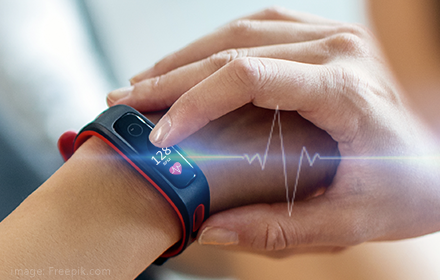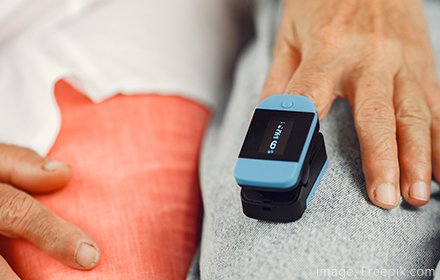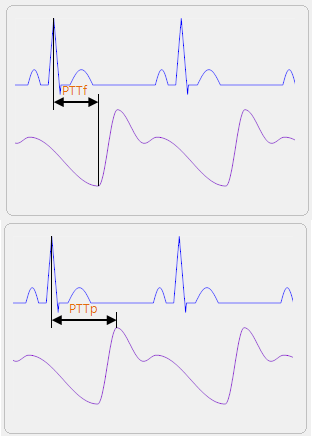Health Wearables Testing
With accumulated knowledge of test equipment and medical regulations, WhaleTeq offers a series of test systems for verifying all kinds of wearable devices. While the HRS series adopt Photoplethysmography (PPG) technology to verify the HRM accuracy of wearable devices, the AECG100 not only generates accurate PPG signals but also can output ECG and PPG signals simultaneously with the capability of adjusting Pulse Wave Transit Time (PWTT), managing to evaluate and improve either the system performance or the algorithm of blood pressure or arteriosclerosis. To meet mass-production needs from manufacturers, the WECG400, the first parallel testing ECG tester designed for production lines, can simultaneously test ECG function on up to 4 wearable devices with a single computer to accelerate testing time and optimize testing efficiency.
| Test Mode | AECG100 | WECG400 | HRS200 | HRS100+ |
|---|---|---|---|---|
| Optical HRM | O | O | O | |
| PWTT | O | |||
| ECG/EKG | O | O | ||
| SpO2 | O | |||
| Auto Sequence | O |
| Operation Mode | AECG100 | WECG400 | HRS200 | HRS100+ |
|---|---|---|---|---|
| PC Software | O | O | O | |
| SDK | O | O | O | O |
Note: Please refer to the ''Supported Medical Standard Cross Reference Table'' for more information on supported test items.

WhaleTeq offers a series of optical PPG heart rate simulators for verifying the HRM (Heart Rate Measurement) function of wearable devices. The series includes the HRS200, the HRS100+, and the AECG100. The built-in photodiode can detect the optical signals from DUT LED and immediately trigger the built-in LED to send optical signals with assigned parameters for DUT to detect, as the reflected optical signals of different skin tones. The optical signals are adjustable by DC, AC, and PI parameters with various waveform selections. On top of that, noise simulation and play-raw data capability would significantly assist users in verifying DUT quickly and repeatedly.

The functional tester tests the pulse oximeter device with a signal of a predictable R value, verifies its function and evaluates its ability to reproduce the calibration curve designed in it. The calibration curve is proportional to the R values and we can call it the ‘‘R curve’’.
A functional tester presents the pulse oximeter equipment with a signal having a predictable value of R, so that the user can observe the displayed value of SpO2, and evaluate it in comparison to expectations for the particular pulse oximeter monitor model. If the manufacturer knows the calibration curve that the particular pulse oximeter monitor has, the manufacturer can accurately produce the R value which ought to lead to a particular SpO2 value, e.g. 85%, then the pulse oximeter equipment can be evaluated for its ability to reproduce the calibration curve that was designed into it.
Note: To test the SpO2 function, please pair the AECG100 with PPG-2TF-660 (Transmittance SpO2 Module) and PPG-2R-880 / PPG-2R-940 (Reflectance SpO2 Module) from our Oximeter Device Testing series.

Pulse Wave Transit Time (PWTT) is now widely seen in applications of wearable devices, such as the measurement of blood pressure, stress point, and arterial stiffness index. The theory is to calculate the time difference between ECG and PPG signals as the speed of the blood pulse wave. The WhaleTeq AECG100 test system is the industry-leading PWTT tester, which sends ECG and PPG signals simultaneously and users can adjust PTTp and PTTf parameters to simulate different PWTT waveforms.





